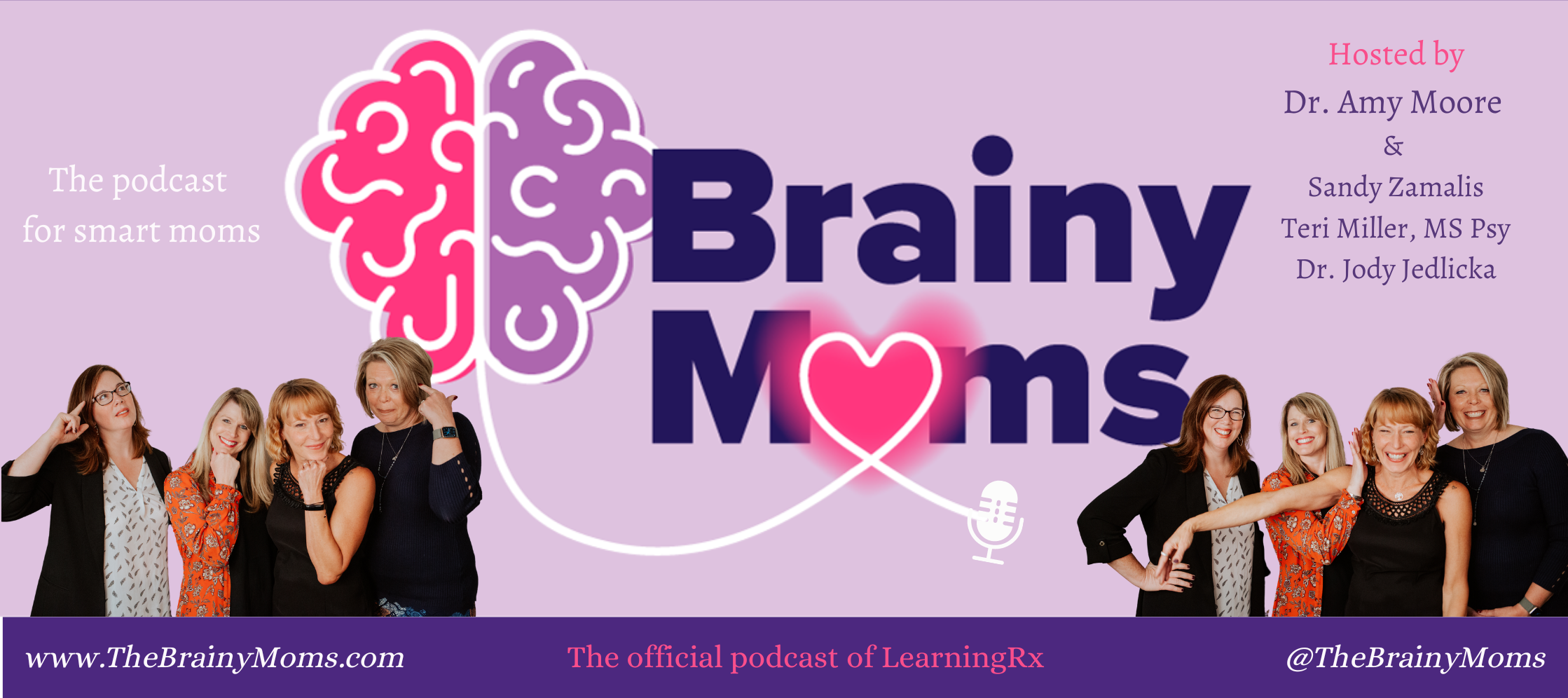
Brain training has become a prominent and controversial subject across media, medical, and scientific fields. Revelation of chronic traumatic encephalopathy (CTE) as a result of repeated and persistent sports-induced brain injury has brought the need for prevention and treatment to a head. Additionally, the increasing US population of over 60-year-olds has prompted urgent research for ways to combat age-related cognitive decline.

Cognitive rehabilitation methods vary drastically, from neurofeedback to online or digital programs, to one-on-one brain training. The results from these different approaches are equally as varied, and correlated to the specific damage repair sought.
In other words, a memory-boosting smartphone app may statistically improve memory for users with cognitive decline, while a neurofeedback program may improve anxiety and sleeplessness for a traumatic brain injury patient.

But do any of these brain-training methods actually help heal and improve neurological function? And how does a smartphone memory game measure this improvement? If brain training is supposed to be like having a personal trainer for your brain – does that muscle truly change in function and effectiveness?
Compelling research presented at the annual meeting of the American Society of Neuroimaging in Austin, TX revealed the unexpected secret of effective brain training. You’ve heard it said, “a picture is worth a thousand words,” and apparently for traumatic brain injury or age-related cognitive decline, the secret-sauce for brain health is all in the pictures.

In a study published in the Journal of Neuroimaging, researchers from the Gibson Institute of Cognitive Research looked at changes in the Default Mode Network (DMN) of the brain after 72 hours of LearningRx one-on-one cognitive training. The multiple case study included pre and post functional magnetic resonance imaging (fMRI) for ten participants with either age-related cognitive decline or impaired cognitive function due to traumatic brain injury (TBI). The post-treatment neuroimaging results showed increased connectivity, decreased hyperconnectivity, and the emergence of important anti-correlations.
What does all that scientific jargon mean for you and me? It means brain training truly changed the neurological function for these people…people just like you and me, who are getting older, who’ve had a few too many bumps on the noggin. Now that is certainly a hopeful picture worth far more than a thousand words!
MBJ
Terissa Michele Miller, MS Psy
Check out the original research:
Journal of Neuroimaging, 28(2)
Neuroimaging Outcomes of a Cognitive Rehabilitation Training Program
